Caring for Bonsai in winter and Fall 2025: FREE # 1 practicable Seasonal Guide from expert!
Bonsai trees are living pieces of art that require dedicated care all year round. As we enter the fall and winter seasons, it’s crucial to understand how to nurture your beloved bonsai trees during these colder months. In this comprehensive guide, we’ll delve into the nuances of caring for bonsai in winter and fall, ensuring that they thrive even when the temperature drops.
Understanding the Seasonal Shift for bonsai in winter and fall
Transitioning from Growth to Dormancy
As autumn arrives, bonsai trees gracefully transition from active growth to a period of dormancy, preparing themselves for the coming winter months. This natural shift in their life cycle has significant implications for their care.
Adjusting Watering Practices
Caring for bonsai in winter and fall means adjusting your watering practices. With the arrival of fall, your bonsai’s water requirements decrease. Overwatering during this period can harm your precious trees. To prevent this, keep a close eye on the soil’s moisture level. Insert your finger into the soil – if it’s dry to the touch about an inch below the surface, it’s time to water.
Protecting from Frost
The threat of frost looms during winter, and it’s essential to protect your bonsai from its chilling effects. Safeguarding your bonsai involves relocating them to a sheltered spot, such as a garage or porch, or using frost cloths or blankets on frosty nights.
Pruning and Shaping
Pruning for Structure
Fall and winter offer an excellent opportunity to enhance the structure and aesthetics of your bonsai. By carefully pruning away unwanted branches or shoots, you can refine the shape and ensure your tree maintains its beauty.
Avoid Heavy Pruning
While pruning is beneficial, it’s crucial to exercise restraint during the fall and winter months. Caring for bonsai in winter and fall means recognizing that the trees are more vulnerable during dormancy. Excessive pruning can weaken them, so proceed with caution.
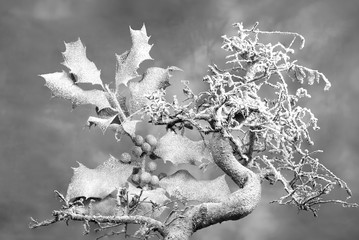
Soil and Fertilization
Choosing the Right Soil
Your bonsai’s well-being depends on selecting the right soil mix, especially when caring for bonsai in winter and fall. Opt for soil that drains well to prevent waterlogging, a common issue during the wetter autumn and winter months. Waterlogged soil can lead to root rot, a severe concern for bonsai owners.
Reducing Fertilization
Fall and winter signify a slowdown in your bonsai’s nutrient requirements. To prevent overfeeding, reduce the frequency of fertilization. Rich soil can harm your tree during this dormant phase, so apply nutrients conservatively.
Protecting from Pests and Diseases
Vigilant Pest Control
Pests remain a potential threat, even in the colder months when caring for bonsai in winter and fall. Regular inspections are crucial to identify and address infestations promptly. Common winter pests include aphids, scale insects, and spider mites.
Preventing Fungal Issues
Damp conditions prevalent in fall and winter create an environment conducive to fungal growth. Proper airflow around your bonsai is essential to mitigate this risk. Additionally, consider using fungicides as a preventive measure to shield your trees from fungal diseases.

Winter Storage Options
Indoor Storage for bonsai in winter
For regions with frigid winters, bringing your bonsai indoors is the safest option when caring for bonsai in winter and fall. Place them near a south-facing window to ensure they receive adequate light or invest in a grow light for supplemental illumination. Indoor storage shields them from the harsh winter elements.
Greenhouse or Cold Frame
A greenhouse or cold frame provides an intermediate solution for overwintering your bonsai. These structures offer protection while allowing your trees to experience natural temperature fluctuations. Proper ventilation is crucial to prevent condensation and maintain airflow.
Bottom-line
Caring for bonsai in winter and fall is an art that requires knowledge and finesse. Understanding the subtleties of their changing needs is essential for their health and longevity. By making informed adjustments to your care routine and providing protection, you can enjoy the beauty of your bonsai year-round.
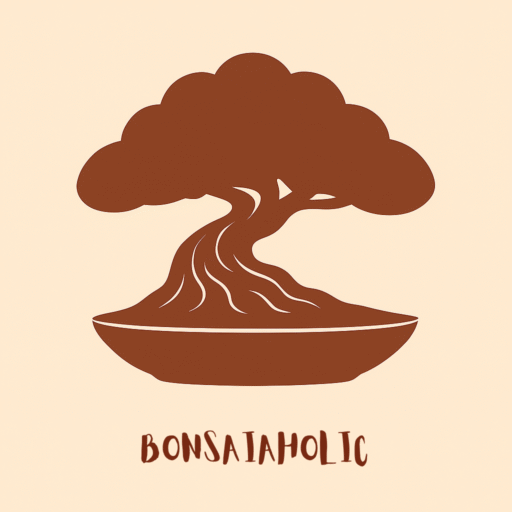
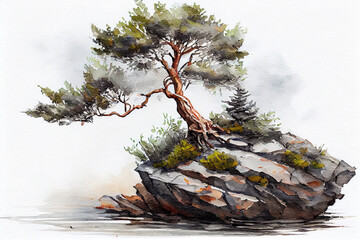
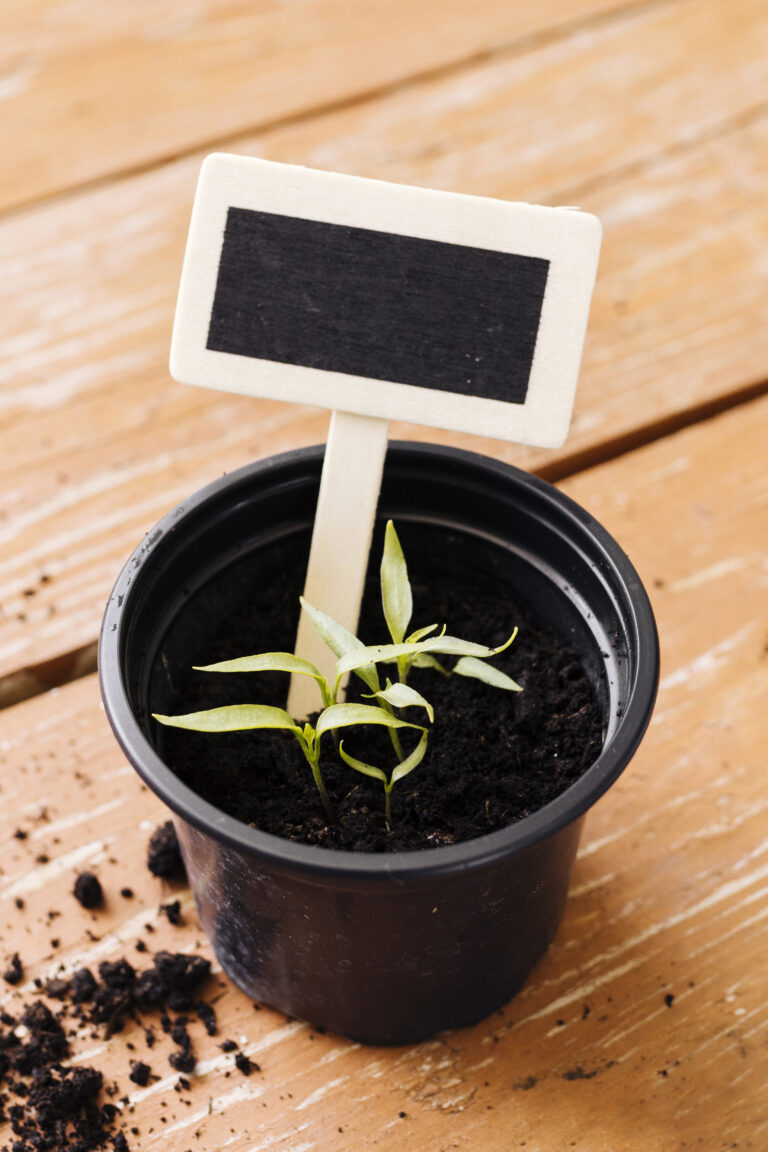
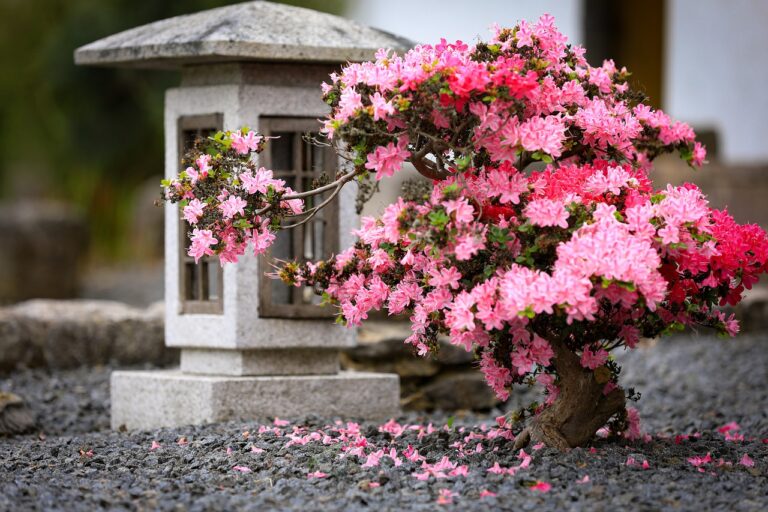
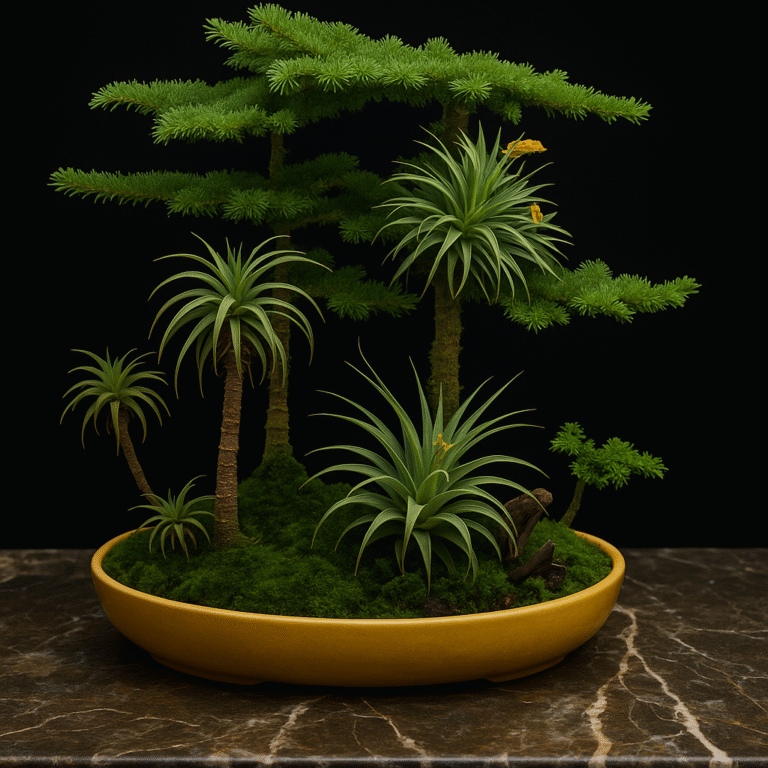
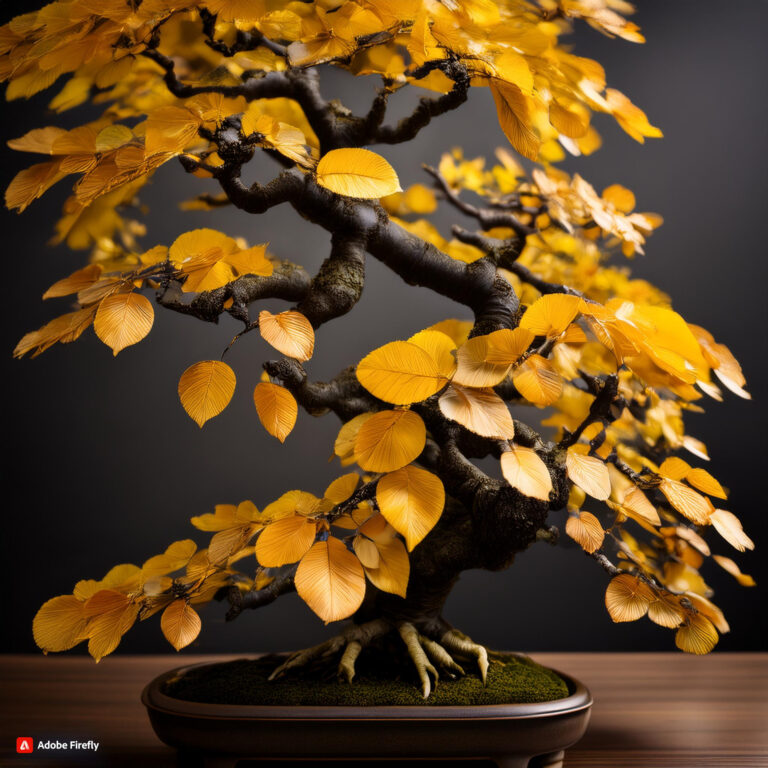
Attractive section of content. I just stumbled upon your weblog and in accession capital to assert that I get in fact enjoyed account your blog posts. Anyway I’ll be subscribing to your augment and even I achievement you access consistently rapidly.
Is it possible for bonsai trees to thrive in extreme climates where winter temperatures are consistently below freezing, and if so, what special considerations need to be taken into account for their care during these harsh conditions?